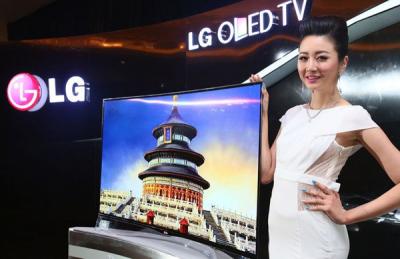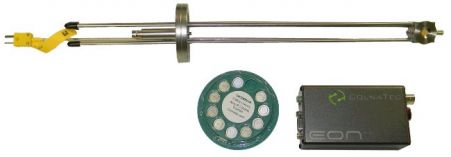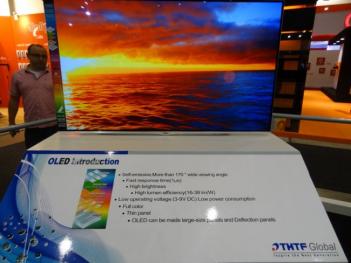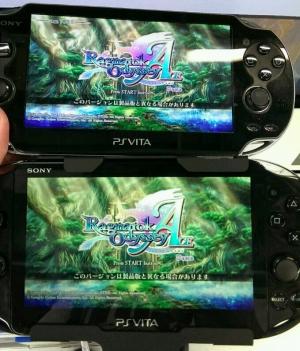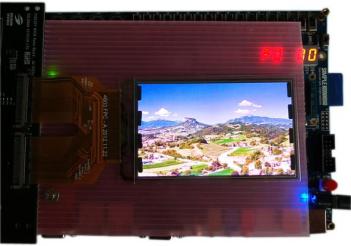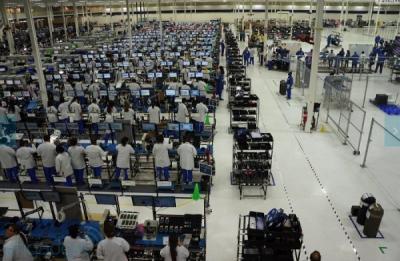Utah professor explains the science behind the Spin-OLED device
In 2012 we posted about a the Spin-OLED, a new spin-polarized polymer efficient OLED device developed at the University of Utah and the Israeli Technion. Now Professor Z. Valy Vardeny from Utah gave a talk (titled "Spin Effects in Organic Optoelectronic Devices") describing the Spin-OLED in more details:
Professor Vardeny also gives an introduction to organic Spintronics and introduces the hybrid organic/inorganic spintronics device and explains how OPV can be enhanced by spin 1/2 radical additives.


